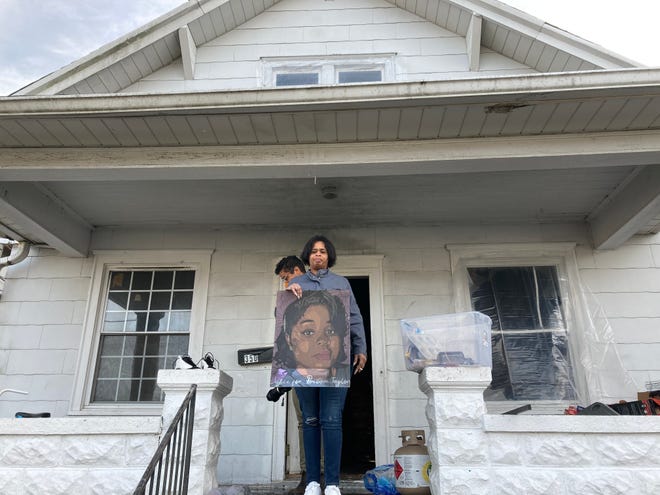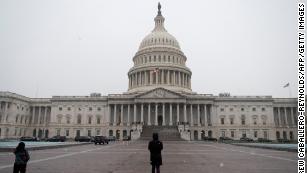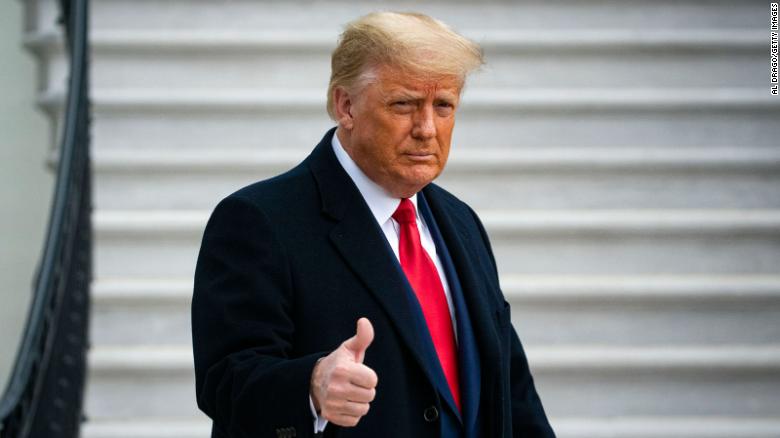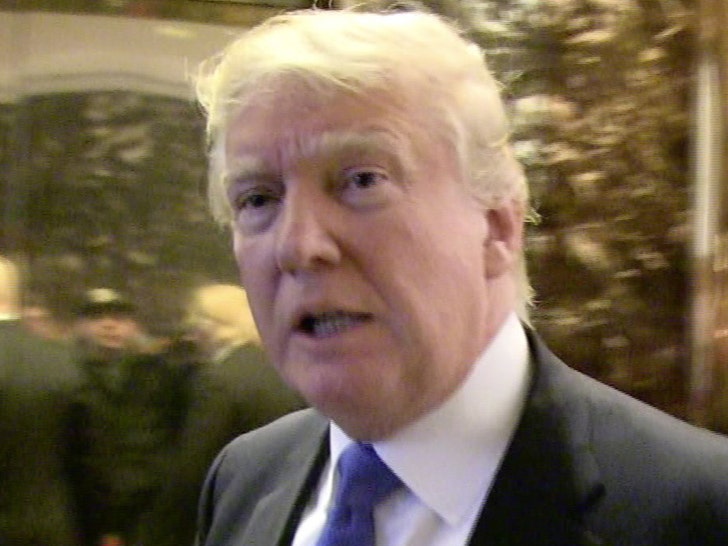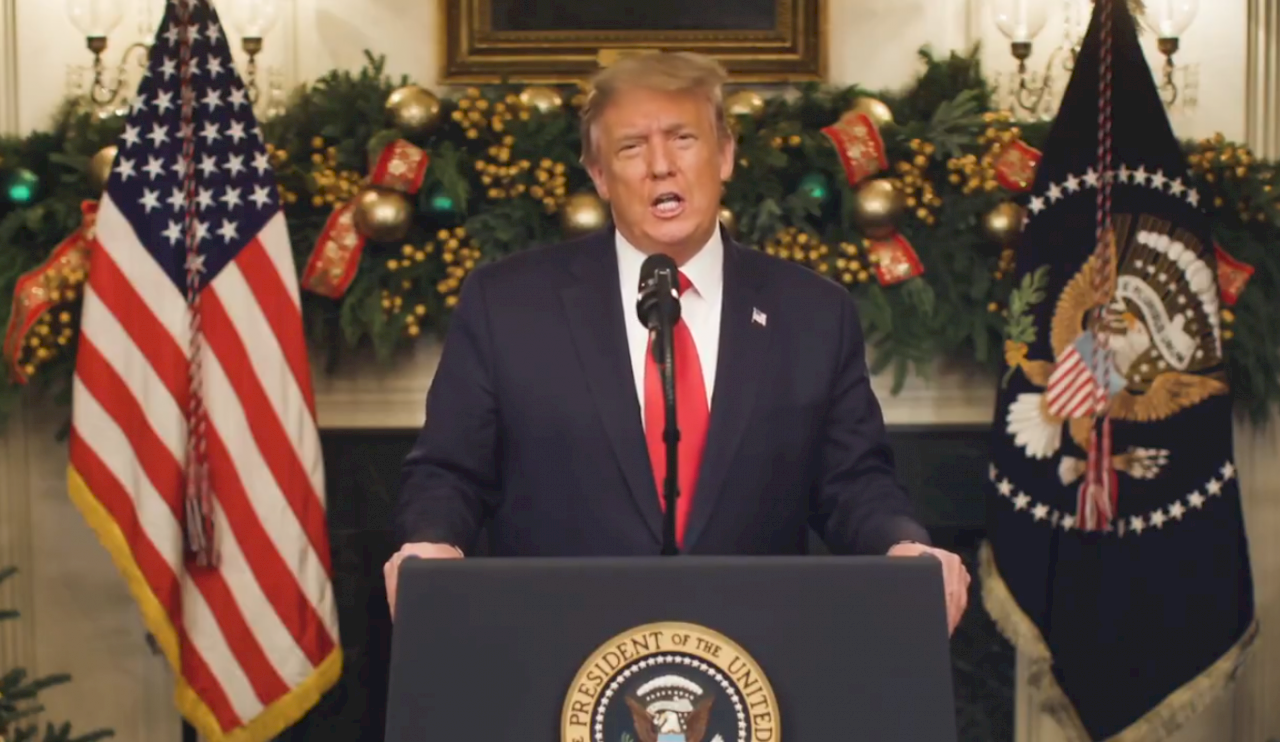Oakland police say they are investigating the vandalism, which was reported Saturday
By ALDO TOLEDO | atoledo@bayareanewsgroup.com |
PUBLISHED: December 27, 2020 at 2:33 p.m. | UPDATED: December 28, 2020 at 1:58 a.m.
OAKLAND — A bust sculpted in honor of Breonna Taylor was smashed to pieces on Saturday just two weeks after it was installed downtown, prompting police to launch a vandalism investigation.
Sculptor and Oakland resident Leo Carson called the vandalism an act of “racist aggression” against Taylor, a figure that propelled millions of people across the country to protest police brutality and call for defunding the police. He said made the sculpture to honor the legacy of the Black Lives Matter movement and its influences on contemporary political art, and was “super upset” about the vandalism.
“I’ve put in hours and hours of my work and built it by hand,” Carson said. “Before the pandemic I was a waiter so I paid for this out of my own pocket. It wasn’t cheap and it was incredibly hurtful personally. But it was also an attack on Breonna Taylor and the Black Lives Matter movement. That is racist aggression.”

OAKLAND, CA – DECEMBER 27: A pedestrian walks past a broken bust of Breonna Taylor on Sunday, Dec. 27, 2020, in Oakland Calif. (Aric Crabb/Bay Area News Group)
Oakland police said in a statement that they are aware of the vandalism and are investigating after a police report was filed. The sculpture was installed at Latham Square two weeks ago, right in front of the wedge-shaped Cathedral Building downtown.
The vandalism comes months after massive protests sparked across the Bay Area in large part based on both the killing of Taylor by Louisville, Ky. police officers during a botched drug raid while executing a “no-knock” warrant and by the police killing of George Floyd in Minneapolis.
While all three police officers involved in Floyd’s killing were charged, in September grand jurors brought only one indictment against one of the officers who shot Taylor for reckless use of his firearm. The officer was charged with three counts of “wanton enlargement” but the other two officers who also shot Taylor were not charged.
Though the Black Lives Matter movement saw a resurgence in the summer of 2020, Carson said he has been inspired also by the movement’s beginnings in 2015. He said that just as the BLM movement faces threats today, so has the civil rights movement and the black liberation movement that came before it.
“This is a struggle that will continue to go on so I want my art to help encourage that process and encourage people to fight longer, fight harder and be more passionate,” Carson said.
Oakland police said in a statement that they are aware of the vandalism and are investigating after a police report was filed. The sculpture was installed at Latham Square two weeks ago, right in front of the wedge-shaped Cathedral Building downtown.
The vandalism comes months after massive protests sparked across the Bay Area in large part based on both the killing of Taylor by Louisville, Ky. police officers during a botched drug raid while executing a “no-knock” warrant and by the police killing of George Floyd in Minneapolis.
While all three police officers involved in Floyd’s killing were charged, in September grand jurors brought only one indictment against one of the officers who shot Taylor for reckless use of his firearm. The officer was charged with three counts of “wanton enlargement” but the other two officers who also shot Taylor were not charged.
Though the Black Lives Matter movement saw a resurgence in the summer of 2020, Carson said he has been inspired also by the movement’s beginnings in 2015. He said that just as the BLM movement faces threats today, so has the civil rights movement and the black liberation movement that came before it.
“This is a struggle that will continue to go on so I want my art to help encourage that process and encourage people to fight longer, fight harder and be more passionate,” Carson said.
“Those protests have the power to really change things.”
Carson, a thirty-year-old Bay Area native, has long associated with artists of his ilk and political leaning. He said that the recent protests and movements to protect Black lives have sparked “one of the most incredible art movements of modern times.”
Carson, a thirty-year-old Bay Area native, has long associated with artists of his ilk and political leaning. He said that the recent protests and movements to protect Black lives have sparked “one of the most incredible art movements of modern times.”
“The art community that we have now, it originally sprung up around the Black Lives Matter struggle and it has since then completely transformed the city of Oakland,” he said. “It has really connected with the movement and so I really want my art to be a part of that course to change history.”
While he believes that his art can inspire people to protest against the police, Carson said fostering mass movements of everyday people is what’s important in the end.
“The way we fight racism is with solidarity,” he said. “Every working class person who wants to smash racism should get involved in the fight against it. Art is powerful, but it’s mass protests that actually shift the earth."

